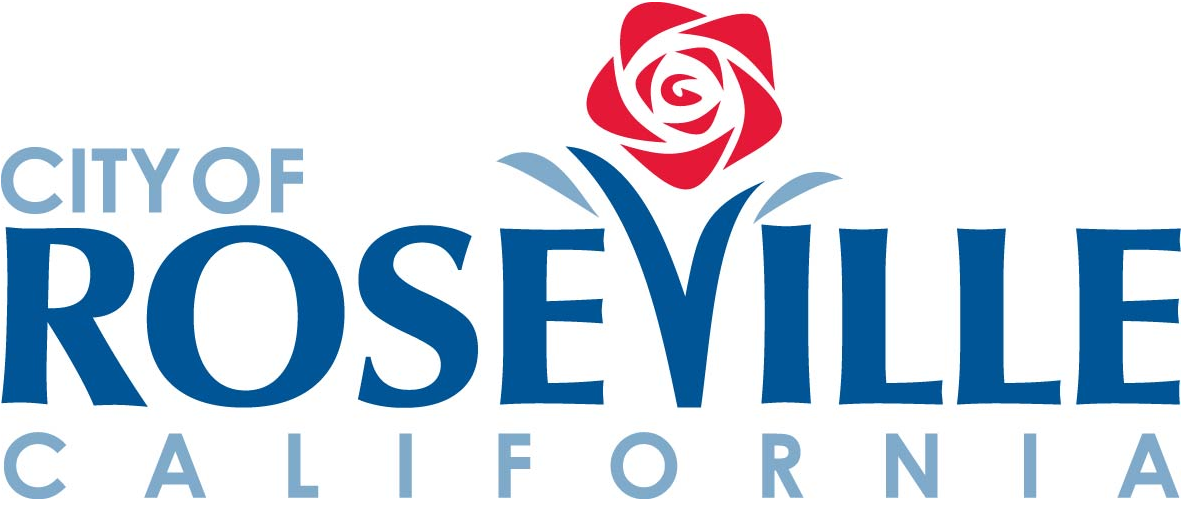| | | | | | | |  | COUNCIL COMMUNICATION |
|
| | | | | | | | CC #: 0357
File #: 0502 | Title: | Public Input Regarding the Composition of the City's Voting Districts - Public Hearing 3 | | Contact: | Sonia Orozco 916-774-5269 sorozco@roseville.ca.us
M. Sheidenberger 916-774-5325 msheidenberger@roseville.ca.us
|
Meeting Date: 10/23/2019 Item #: 9.3.
|
| | | | | | | | RECOMMENDATION TO COUNCIL
Recommend the City Council conduct Public Hearing 3 - a hearing to receive input on the composition of voting districts, select two to four "focus" maps, request any desired map revisions and receive or provide any additional information needed for Public Hearing 4 scheduled for Wednesday, November 6, 2019, at 6:00 p.m. in the City Council Chambers, 311 Vernon Street.
| BACKGROUND
On September 4, 2019, the City Council unanimously adopted a resolution of intention to transition from at-large to by-district elections. Pursuant to Section 14026(b) of the California Elections Code, district-based elections means a method of electing members to the City Council in which the candidate must reside within an election district that is a divisible part of the City and is elected only by voters residing within that election district. The resolution of intention outlined a 2020 general election implementation date. The City of Roseville held two required public hearings over a period of no more than 30 days before any map or maps of the boundaries for the proposed voting districts were drawn. At the public hearings held on September 18 and October 2, 2019, the community was invited to provide input regarding the composition of the districts and transition to by-district elections. Eleven speakers provided public input.
This is the third public hearing to inform the community about the districting process and receive public input on the draft district map alternatives provided by the demographer, and the public. Friday, October 11, 2019 was the deadline to submit maps. Maps will be presented to the City Council and public providing for five districts based on Council direction at the October 2, 2019 City Council meeting.
At this public hearing, the City Council will identify two to four "focus" maps, and present the draft map or maps for public comment and review in subsequent public hearings. The City Council will then provide further direction to finalize a map, which will be presented to the City Council for a final vote at the Wednesday, November 20, 2019 public hearing, along with adoption of an ordinance outlining steps and provisions for by-district elections.
The sequence of district elections has not yet been determined. The transition to by-district elections will be implemented in 2020, at which time three councilmember seats will be on the ballot, with two remaining councilmember seats on the ballot in the 2022 election year. Sequencing will occur once a proposed draft map is identified.
At the October 2, 2019 public hearing, two councilmembers expressed a preference for a rotating mayor, two councilmembers expressed a preference for a Council appointed mayor, and one councilmember expressed a preference for an at-large mayor. Based on the majority preference of the Council, self-selection could encompass both an appointed mayor system and a rotating mayor system, equating to five districts with a self-selected Mayor (either Council appointed or rotating).
The next federal decennial census will be performed in 2020. The City of Roseville will then be required to conduct a district boundary readjustment in 2021. The readjustment can either be performed by the City Council, or an independent redistricting committee following multiple public hearings. This could potentially result in realigned districts for the November 2022 election. If the City Council completes conversion to by-district elections at this time, only the seats up for election in November 2020 will be subject to the new districts before the city is required to re-draw its districts.
| FISCAL IMPACT
There is no fiscal impact associated with the public hearing. Costs have previously been outlined and are estimated to be between $35,000.00 to $50,000.00. Costs include the contract for a demographer to assist with drawing boundaries for the voting districts, which was approved at the August 21, 2019 Council meeting, with a cost not to exceed $30,750.00. There will also be costs for time spent by the City Clerk's Department and the City Attorney's Office. Funds are available in the City Manager's Contingency budget to pay for these costs.
|
ENVIRONMENTAL REVIEW
The California Environmental Quality Act (CEQA) does not apply to activities that will not result in a direct or reasonably foreseeable indirect physical change in the environment, or is otherwise not considered a project as defined by CEQA Statute §21065 and CEQA State Guidelines §15060(c)(3) and §15378. Staff's request for public input and information on district-based elections meets the above criteria and is not subject to CEQA. No additional environmental review is required.
| Respectfully Submitted,
Sonia Orozco, City Clerk
Michelle Sheidenberger, Assistant City Attorney | | | 
_____________________________
Dominick Casey, City Manager
|
|
| ATTACHMENTS: | | Description | | Single District - Not Contiguous #101 | | Maps Not Population Balanced - #102, #103, #107, #109, #110, #111, #116, #120, #123, #124 | | Twelve 5-District Maps - $104, #105, #106, #108, #112, #113, #117, #118, #119, #122, #125, #128 | | Four 4-District Maps - #114, #115, #121, #126 | | One 6-District Map - #127 | | Roseville Plan Submitter Comments - October 16, 2019 | | Roseville Proposed Sequencing by Plan - 2019 | | Public Comment Emails and Letters - 2019 |
|
|